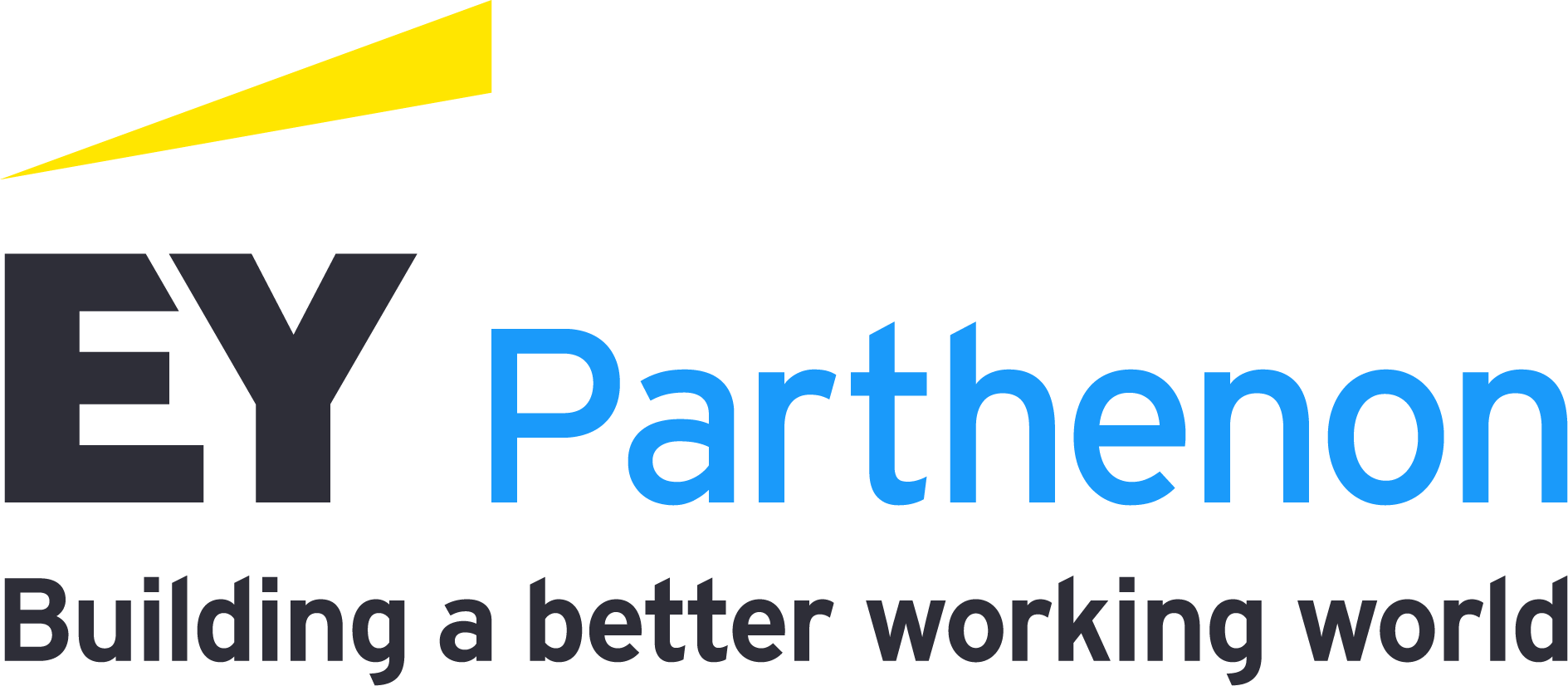For the vast majority of states and municipalities, government budgeting needs transformation to produce more equitable community outcomes.
Traditional budgeting typically results in incremental shifts in financial allocations based on how money was spent in the prior year. That means that while governments may intend to create safer, cleaner and more equitable states and cities, traditional budgeting can disconnect government spending from changing community needs and priorities over time.
A conscious attempt at budgeting with outcomes in mind can help solve that disconnect. In addition, requirements for recipients of pandemic-related financing may create a model for governors, legislators, mayors and other state and local leaders to revamp their long-term budgeting process. Program guidance for Coronavirus State and Local Fiscal Recovery Funds (SLFRF), part of The American Rescue Plan Act (ARPA), requires that recipients address factors including how funded projects help prioritize equity and focus on economically distressed areas, support community empowerment and incorporate evidence-based interventions.1 The performance indicators that track project results give state and local governments muscles that can be used in their regular budget planning to build outcome-based budgets.
Getting started with outcome-based budgeting
Outcome-based budgeting has been tried and tested in small, medium and large cities across the country, including Baltimore, Maryland; Dallas, Texas; Fort Collins, Colorado; Redmond, Washington; and Roanoke, Virginia.
There are four basic principles of outcome-based government budgeting that states and cities can put into practice to disrupt well-established norms and achieve true transformation:
1. Start with goals for the future, not spending plans of the past.
- Align resources with strategic goals.
- Look at outcomes your community wants. An annual community survey to gauge resident priorities can identify outcome goals, including better schools, safer streets and economic growth.
- Make outcome goals actionable by choosing three or four measures of success. For example, indicators of a growing economy might include the number of business startups and the employment rate.
2. Establish services as the unit of analysis for budgeting.
- Break the budget down into bite-sized pieces to better understand what you’re spending money on and the return on investment.
- Look at the budget through the eyes of a resident when defining services. Each service may need to have clear lines of authority, costs and performance measures.
3. Allocate dollars based on outcome instead of organizational unit.
- To pool dollars around outcome goals, start by assigning services to goals and calculating how much you are currently spending on each one.
- At the start of the budget cycle, determine available dollars and allocate them to goals based on community priorities and funding needs.
- Your initial allocation is for planning purposes only and does not lock in budget decisions.
4. Evaluate service budget proposals based on alignment with outcome goals, performance data and evidence. This guidance should be drawn from strategic planning.
- Assign employees and community members to review budget proposals and recommend a set of service funding levels – akin to an investment portfolio – for each goal within the funding allocation.
- Use scoring to make budget decisions fair and transparent.
Putting outcome-based budgeting to work
Outcome budgeting has strengthened the connection between resources and results in Baltimore for more than a decade.
The discipline began in 2009 when the city, confronted with the devastating fiscal and economic impacts of the Great Recession, chose transformation rather than making across-the-board cuts, which is how it had dealt with shortfalls in the past. Instead of pouring less money into each department budget “silo,” leaders pooled available dollars around specific desired citywide outcomes and invited departments to compete and collaborate for funding. City leaders utilized budget review teams that included representatives from government and nongovernment partners to evaluate and make recommendations on investment decisions.
Today, with a Transformation Management Office (TMO), the city is revamping processes to budget for outcomes across five key mayoral pillars: building public safety, prioritizing youth, equitable neighborhood development, clean-and-healthy communities and responsible stewardship of city resources. As the TMO continues to coordinate across the organization, it is defining key performance indicators and action steps, supporting progress status reporting and enabling Baltimore to better target resources where they will have a measurable impact on the city’s priorities.
Outcome budgeting helped the city make strategic decisions as opposed to counterproductive cuts during and after the Great Recession. In addition to budget analysts combing through line-item detail, teams of city employees and community members reviewed budget proposals and recommended an “investment portfolio” for each outcome. In the midst of the worst budget situation anyone could remember:
- Funds were repurposed for programs aimed at violence prevention, healthy babies, job training and adult literacy.
- As part of the annual budget planning and development process, city departments competed and collaborated for funding, resulting in more summer childcare slots, greater care coordination between frequent 911 callers and health care providers, more effective rat control and more, all at the same or lower costs.
- Police resources were shifted toward longer-term crime reduction strategies.
Budgeting for equity
As cities look at their budgets through an equity lens, they are finding that meeting equity goals will require changes to status quo spending patterns. Outcome-based budgeting provides a template for transforming the budget process to make these changes possible.
Budgeting for equity can begin with measurable outcome goals. Examples of equity goals include closing the racial gap in employment and reducing crime in low-income neighborhoods.
Data and evidence are important components of any efforts to budget for equity because they allow governments to pinpoint disparities, establish goals to remedy them and find and fund solutions that work. This means that government leaders should likely be using data to evaluate not just “How much did we do?” and “Is anyone better off?” but to also consider the question “Is everyone better off?”
Asking “Is everyone better off?” is what led Boston officials to take a deep dive into its sidewalk repair data. Analysts found that, because repairs were driven by reported 311 complaints instead of an objective assessment of need, the sidewalks in poor, minority neighborhoods were in worse shape than those in wealthier parts of the city. Boston now uses a sidewalk condition index and other needs-based factors to prioritize its sidewalk capital program.




